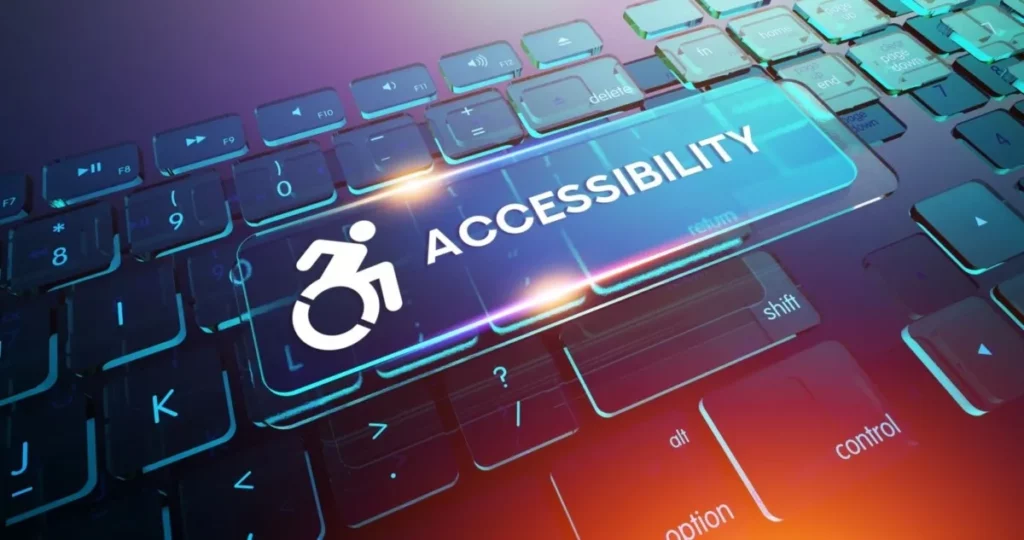Currently, 61 million Americans are living with a type of disability, according to the CDC’s 2018 report. Furthermore, one out of seven of those individuals is living with a mobility impairment. With such a large group being an active part of media consumption, agencies and marketers must take the time to ensure accessibility features are incorporated into their campaigns and products. There are strides are being made. For example, more video content includes closed captions (especially as the intake of viewership has increased on social), but more can be done to increase inclusion in digital media.
1. Have your website/forms responsive with speech to text
For most individuals living with limited mobility, speech to text is a major component in communicating through their devices daily. (Even Google Docs now has a speech to text feature). There are a multitude of programs such as Dragon, IBM Speech to Text, and Braina that the community uses. When building a website or app for a client, test how the different components work with your design. First, start with customer service chats, information forms, or the checkout pages. Having your site more responsive to this software will allow customers with limited mobility easier access to your site.
2. Make your content easily “clickable” or “tappable” with different software
This sounds like a no-brainer. No one wants to dig on a website or scroll endlessly on an app. However, even if the content is readily available, it still may be difficult to attain for some users. An extensive amount of buttons or hyperlinks to click can create a longer process for those who have limited or no hand function.

First, test the connectivity and physical design of your website, videos, and menu bar with these questions in mind. As you go through, ask yourself key questions. For instance, does a user have to tap hard to go to the desired product or page? Are the buttons appearing larger on a tablet versus a phone? Do your forms have small boxes to check? Are your lightboxes and ads built with easily clickable exits? Will the videos on your site play automatically when a viewer scrolls past them? Does a user have to press play? Does your site make it easy for people using eye control or a screen reader?
These questions will give a better understanding of how to improve accessibility in the visual presentation on your website or app.
3. Have your mobile version automatically adjust to different devices
We’ve all been there—searching on our phones or tablets only to be greeted with an unfriendly mobile site. For users that have limited or no hand function, it can feel impossible to navigate a site that is desktop only. Responsive design can solve this issue. It allows websites to automatically adjust to the size of your screen whether you are on a smartphone, tablet, or desktop. Furthermore, it even adjusts on desktops if you shrink or maximize your web browser. Hence, it is important to consider responsive design as you talk to your digital vendor.
Finally, test these accessible designs with multiple audiences. Speak with non-profits that have ties to the community you are serving. They can refer to ambassadors and influencers to your company for feedback. This will allow you to have authentic testing of the new accessible features. In addition to accurate reporting, it will also create possible partnerships for later down the road.
Author: Anna Chamberlain


